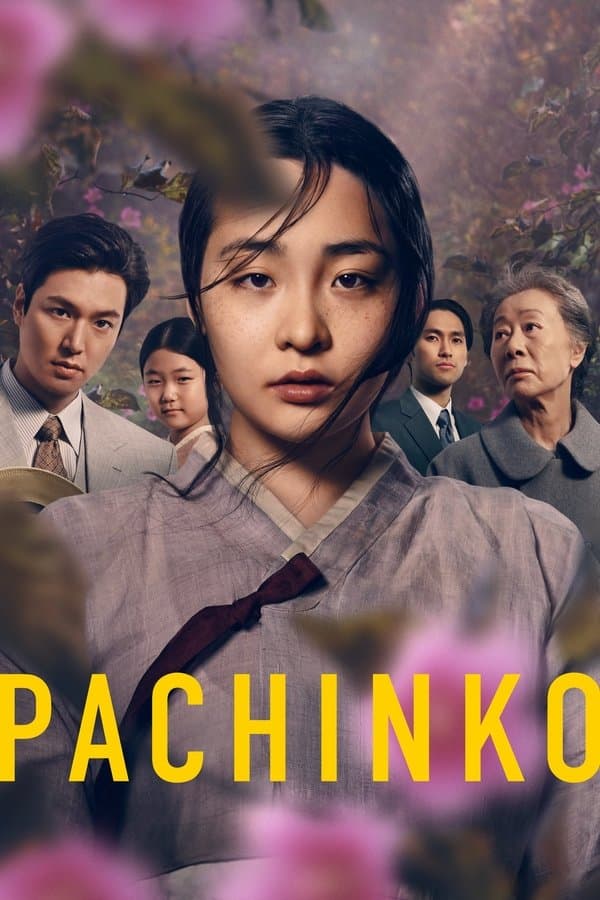
Pachinko
2022 • Drama • TV-MA
This sweeping saga chronicles the hopes and dreams of a Korean immigrant family across four generations as they leave their homeland in an indomitable quest to survive and thrive.
Why you should read the novel
Reading the novel Pachinko by Min Jin Lee offers an immersive journey into the lives of a Korean family navigating history, identity, and survival over four generations. The book delivers intricate character studies, lush historical details, and emotional nuances that are sometimes condensed or altered in the television series. Through Lee’s prose, readers experience every triumph and tragedy from a deeply personal perspective, unfiltered by screenwriting constraints or visual interpretation.
The novel’s structure allows for closer attention to the thoughts, motivations, and cultural forces that shape the central characters. It provides historical context—such as the colonial occupation of Korea and the discrimination faced by Koreans in Japan—that is layered and detailed, enabling readers to fully grasp the magnitude of the family’s struggles. In print, the narrative unfolds with careful pacing, letting each chapter linger and resonate.
Choosing the book over the series provides a more comprehensive understanding of familial bonds, migration, and resilience. Readers can savor the storytelling at their own pace, appreciating Min Jin Lee’s literary craftsmanship and the emotional richness of her characters. The novel is more than a story: it is an exploration of memory, heritage, and hope that leaves a lasting impression.
Adaptation differences
One significant difference between the television adaptation of Pachinko and the source novel is the narrative structure and timeline. The series uses a non-linear approach, frequently jumping between decades and perspectives, while the book unfolds chronologically. This change in structure can shift the emotional pacing and impact of each character’s journey, as viewers and readers may connect with the story’s events in different ways.
Character portrayal and development also diverge between media. The television series gives certain characters, like Hansu, more screen time and internal dialogue, sometimes inventing new scenes or perspectives not present in the novel. Conversely, the book delves more deeply into the inner lives and histories of multiple family members, providing context and motives that enrich the overall narrative beyond what the series presents.
Another major difference lies in the emphasis on specific cultural and historical elements. Min Jin Lee’s novel immerses readers in the day-to-day struggles of Koreans in Japan, supplying a wealth of historical detail and introspection that the series occasionally condenses or omits for pacing or visual storytelling reasons. As a result, the subtle but crucial nuances of prejudice, assimilation, and generational trauma are explored more exhaustively in the book.
Finally, certain subplots and character arcs are either omitted or significantly altered in the adaptation. Not all secondary characters from the novel receive equal attention in the series, and some relationships are reimagined or given new resolutions. These creative choices shape the story’s message and thematic resonance, making the experience of reading the novel distinct and, in many ways, more complete for those interested in the full breadth of Pachinko’s world.
Pachinko inspired from
Pachinko
by Min Jin Lee